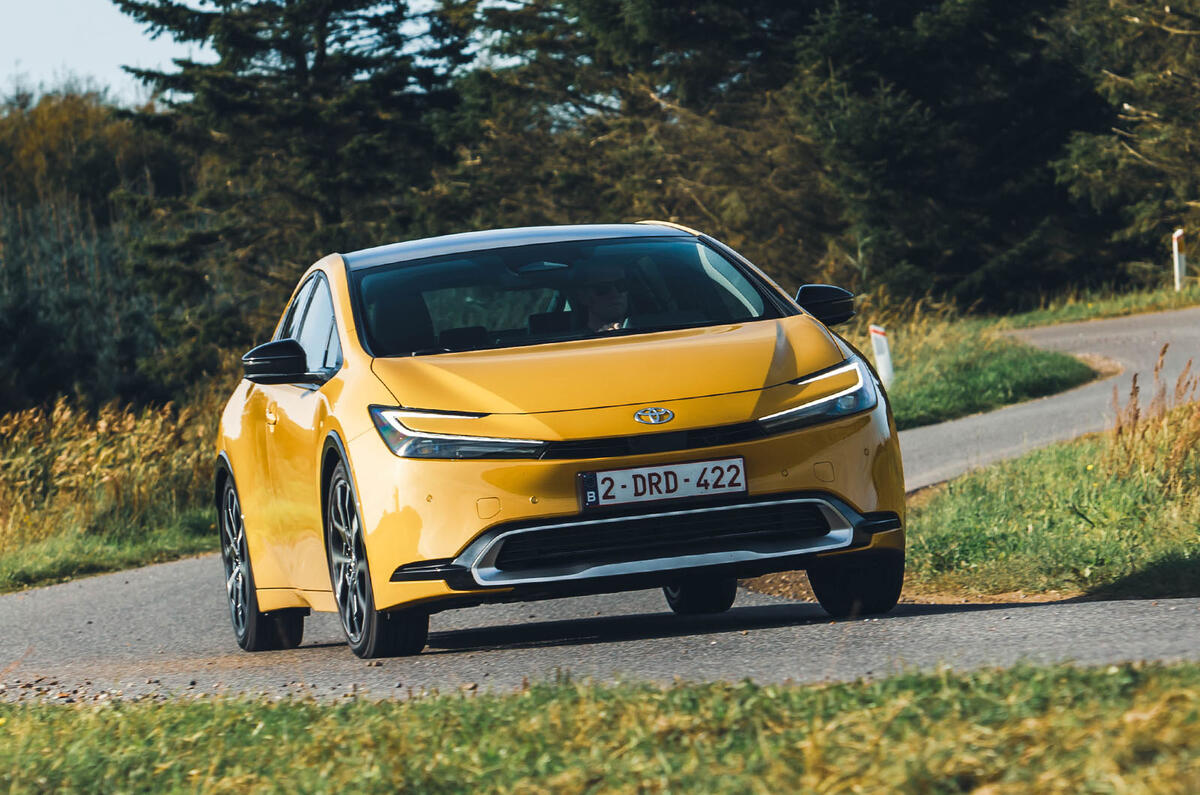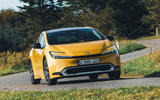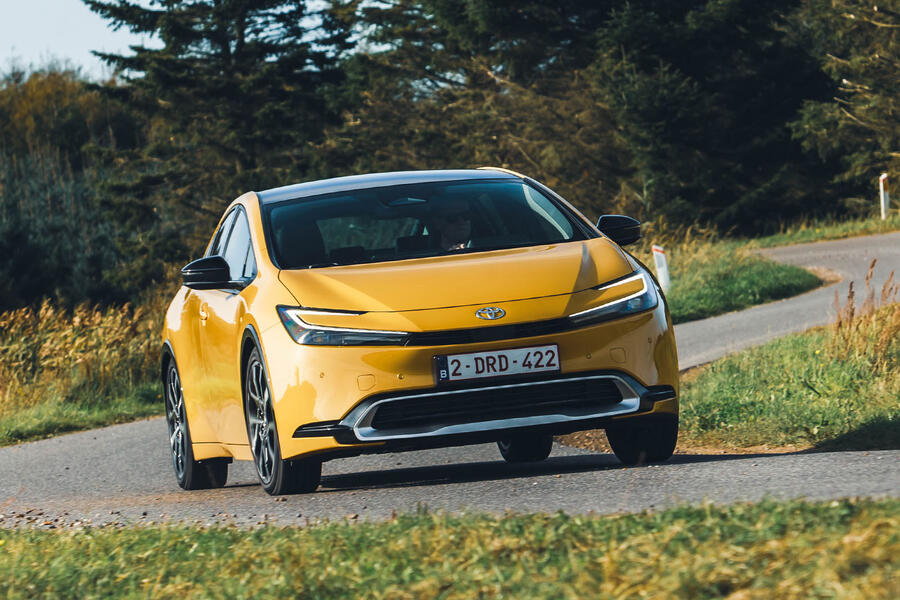One car has been flying the flag for electrification longer than most: the Toyota Prius.
Over four generations and more than five million examples sold in 26 years, the Prius was originally billed by its maker as ‘the car for the 21st century’, a trailblazer for more efficient driving, harnessing part-electric power in what subsequently became known as a self-charging hybrid.

The world has come around to Toyota’s view, and then some. Every car maker with any eye on a solvent future is now producing electrified models to reduce emissions (Toyota says the Prius alone has saved more than 82 million tonnes of CO2 entering the atmosphere) ultimately down towards zero. Not every car maker or car buyer is ready to go full on into electric cars, so hybrid power remains a fine bridging technology to improve efficiency and emissions by pairing electric propulsion with an internal combustion engine.
In this context, then, you’d think that the new fifth-generation Toyota Prius would be ripe for a successful launch in the UK, especially as it looks this good. But no: this Prius is not for us.
Truth is, we Brits don’t buy the Prius. When this new version was revealed at the 2022 LA motor show, Toyota highlighted that just 563 Prius models were sold in 2021 compared with just under 18,000 Toyota C-HRs. Uber drivers are being pointed in the direction of the Toyota Corolla Touring Sports.
Perhaps we didn’t buy the previous Priuses (Pri-ii?) because of that Uber reputation in recent years, and a sneeriness towards the car before that because of it being seen as a bit of a Hollywood stooge. But then it was always quite frumpy to look at, and up until the fourth-generation model a car devoid of any character to drive from the dark days of Toyota.
But just look at it now. Would we be inclined to buy this Prius? It’s sleek and sporty, rakish in profile and really rather desirable. Put it next to even a fourth-generation Prius and you’ll never have guessed the lineage, save for a very loose wedge shape.



































Join the debate
Add your comment
The C-HR is awful for back seat passengers, claustrophobic and ugly. Sounds like this is little better. Shame.
Toyota hybrids are very efficient even in bigger vehicles, in a sleek lower model like this it would work even better, its sad they won't bring the series hybrids here.
I always thought a very stylish Toyota was an oxymoron. In an era of Crossover clones it is nice to see a car that I would be proud to park on my driveway. Sadly there does not appear to be a market for non premium medium size saloons. If Toyota has made it a full EV - with a decent range - they might have created a Tesla Model 3 competitor.